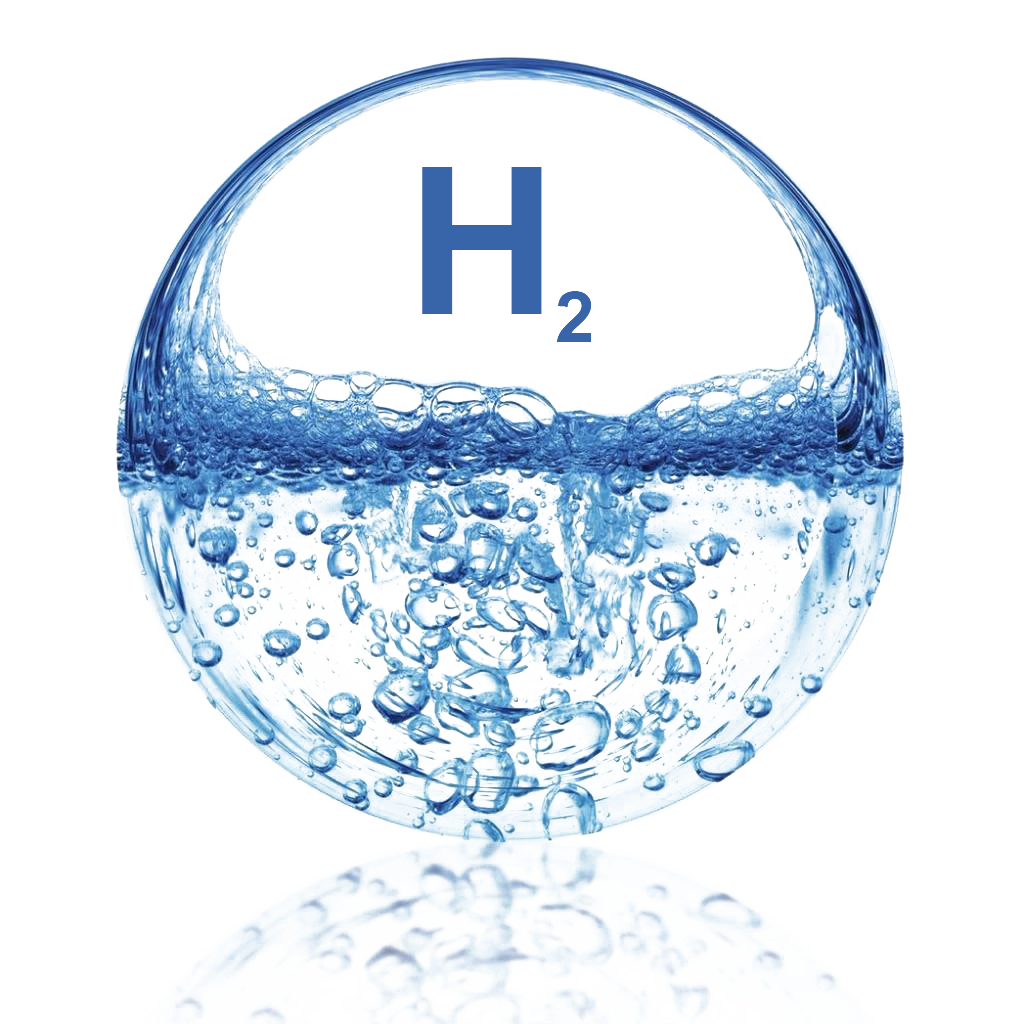The question of whether hydrogen in water is diatomic requires an understanding of both the molecular composition of water and the fundamental properties of hydrogen itself. To delve into this topic, it is essential to clarify a few core concepts, including the nature of water as a compound, the characteristics of diatomic molecules, and the role of hydrogen in the aqueous environment.
Water, chemically denoted as H2O, is a molecular substance comprised of two hydrogen atoms covalently bonded to a single oxygen atom. The two hydrogen atoms in water are not bonded together; rather, they are connected individually to the oxygen atom. This structural configuration sets the stage for examining the nature of hydrogen found within water molecules.
To address whether hydrogen is diatomic in water, we first need to clarify what diatomic means. A diatomic molecule is one that consists of two atoms of the same or different chemical elements. The quintessential examples of diatomic molecules are hydrogen (H2), nitrogen (N2), and oxygen (O2), where each consists of two identical atoms. In its elemental form, hydrogen is indeed diatomic, existing as H2 in nature. However, when hydrogen is part of a water molecule, its state alters significantly.
In aqueous environments, hydrogen exists in a different chemical context. To elucidate, when two hydrogen atoms (H) bond with an oxygen atom (O), they form a polar covalent bond characterized by unequal sharing of electron density. The intrinsic properties of hydrogen change upon this bond formation, reflecting the unique characteristics of water as a solvent and a fundamental compound for life. Thus, it is critical to note that while hydrogen is diatomic in isolation, it is not diatomic when configured as part of a water molecule.
The significance of hydrogen in water transcends mere molecular composition. It plays a crucial role in determining the physical and chemical properties of water. The polar nature of the H–O bonds contributes to water’s high surface tension, its solvent capabilities, and its unique heat capacity. The distinct hydrogen bonding in water results from the interaction of the positively polarized hydrogen atoms with the negatively polarized oxygen atoms of neighboring water molecules, creating a network that is essential for many biochemical processes.
When exploring the diatomic nature of hydrogen, one must also consider the implications for various scientific fields, such as biochemistry, environmental science, and molecular biology. In biochemical contexts, the behavior of hydrogen within water influences enzyme activity, cellular respiration, and metabolic pathways. For instance, the participation of water in hydrogen bonding is crucial for maintaining the tertiary and quaternary structures of proteins, thereby affecting their functionality.
Additionally, in environmental science, understanding the role of diatomic hydrogen can shed light on processes such as water electrolysis and hydrogen production for renewable energy applications. In these contexts, the diatomic form of hydrogen (H2) is often highlighted when discussing hydrogen energy, fuel cells, and the transition to more sustainable energy systems. Electrolysis of water produces diatomic hydrogen and oxygen, demonstrating the reversible nature of diatomic hydrogen’s interaction with water.
The exploration of hydrogen in water is further enhanced by considerations of isotopes. Hydrogen has three isotopes: protium (¹H), deuterium (²H), and tritium (³H), with only protium being the most prevalent in natural water. The presence of these isotopes introduces variations in physical properties, such as the density and boiling points of water, which can impact scientific research and industrial applications.
Moreover, hydrology—the study of water’s distribution, movement, and properties—requires a nuanced understanding of hydrogen’s role in various states. The interplay of hydrogen in gaseous, liquid, and solid (ice) phases allows for diverse phenomena, making it a subject of profound significance in atmospheric science, climatology, and cryogenics. For instance, water’s behavior as a cryoprotectant can be partly attributed to the unique properties imparted by hydrogen bonding.
To conclude, while hydrogen occurs in a diatomic form as H2 in its elemental state, its association with water as H2O transforms its chemical identity and behavior. This intricate relationship underscores the complexity of hydrogen’s role in aqueous solutions, biological systems, and environmental contexts. Acknowledging the distinction between diatomic hydrogen and the hydrogen bonded within water molecules enriches our comprehension of this fundamental element and compound.












